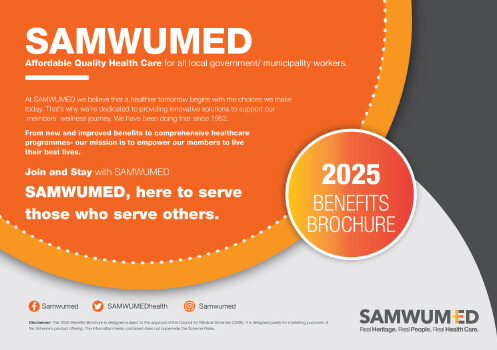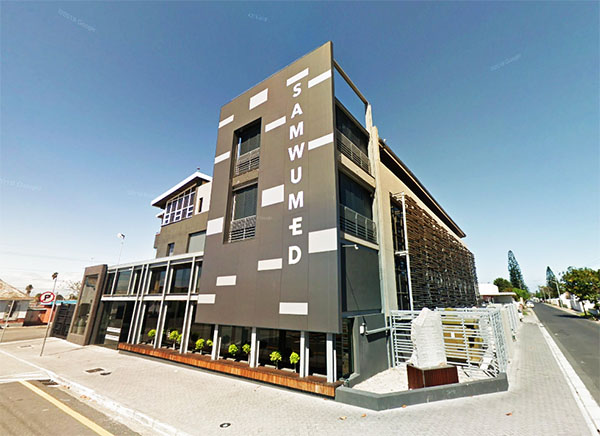Navigating the world of medical aid can feel like a complex puzzle, and nothing adds to that complexity quite like the phrase “hospital authorisation.” For many South Africans, this process can be a source of stress and confusion, often at a time when they are already worried about their health or the health of a loved one.
But what exactly is a hospital authorisation, and why is it so important? Simply put, it is your medical aid scheme’s official approval for a medical procedure, hospital stay, or major medical treatment. It is a vital step to ensure your claim is paid and you are not left with a massive, unexpected bill. Think of it as a green light from your scheme, confirming that the treatment is medically necessary and covered by your specific plan.
This guide is designed to demystify the process and provide a clear, easy-to-follow roadmap to help you get your hospital authorisation with confidence. By following these steps, you can save yourself time, reduce stress, and focus on what truly matters: your health.
Step 1: The Doctor’s Diagnosis and Recommendation
Your journey to a hospital authorisation begins with your doctor. Before any authorisation can be requested, you need a formal diagnosis and a recommendation for treatment. Your doctor will determine whether you need to be admitted to a hospital or undergo a specific procedure, and they will provide you with all the necessary information to proceed.
The doctor will have to submit the following information to the medical scheme when submitting the authorisation request:
- The full name of the hospital where the procedure will be performed.
- The name of the attending doctor or specialist and their practice number.
- The proposed date of admission and an estimated length of stay.
- The ICD-10 code: This is a diagnostic code that describes your medical condition. It’s a universal code used by all medical schemes and doctors.
- The procedure code (or tariff code): This is a code that describes the specific procedure or treatment you will be receiving.
Step 2: Necessary Member Information
Once you have the medical details, you need to pull together your personal information and all the paperwork you have received. Having everything ready before you contact your medical aid scheme will make the process much faster and more efficient.
Here’s your pre-authorisation checklist:
- Your medical aid membership number.
- Your ID number.
- The patient’s personal details (if you are getting authorisation for a dependent).
- The full details from Step 1 (hospital name, doctor’s details, ICD-10 code, procedure code).
- Any supporting documentation, such as a report from a recent scan or a motivation letter from your doctor.
In some cases, the hospital or your doctor’s practice will handle the authorisation on your behalf. Always confirm this with them first. If they do, they will require all the same information from you.
Step 3: Contacting Your Medical Aid Scheme
This is the main event. With all your information in hand, it’s time to contact your medical aid scheme to request the authorisation. Most schemes offer multiple ways to do this:
- Phone Call: This is often the most direct method. Speaking directly with a consultant allows you to ask questions and receive immediate feedback.
- Online Portal or App: Many South African medical aid schemes have excellent user-friendly apps and online portals. These are great for submitting your request at your convenience and tracking its progress.
- Email or Fax: This is an alternative method. Always follow up with a phone call to confirm receipt.
When you contact them, be prepared to provide all the information from your checklist.
Step 4: What Happens After You Get Your Authorisation Number?
Once your authorisation is approved, you will receive a formal authorisation number. This is not just a reference number—it is a unique code that confirms your medical aid has agreed to cover the planned procedure. This number is your ticket to a smooth hospital admission.
When you are admitted to the hospital, you must provide this authorisation number to the administration staff. They will use it to confirm with your medical aid scheme that the procedure is covered. Without it, you may be treated as a private patient, which can result in a high upfront payment.
Important Note: An authorisation is not a guarantee of full payment. It is crucial to understand what your plan covers. Your medical aid plan may only cover a portion of the procedure, leaving you responsible for co-payments or deductibles. Always ask your scheme to clarify precisely what the authorisation covers and if there are any expected out-of-pocket costs.
What to Do in an Emergency Situation
In an emergency, you won’t have the luxury of going through the pre-authorisation steps. Medical aid schemes have a different process for this. In a life-threatening situation, the hospital will admit you immediately. They are then required to contact your medical aid scheme within a specific timeframe (usually within 48 hours) to get retrospective authorisation. As a member, you should follow up to ensure this has been done.
Common Reasons for Authorisation Denial and What to Do
Sometimes, an authorisation request is denied. This can be frustrating, but it is important to understand why and what your options are. Common reasons include:
- Insufficient Information: Missing or incorrect ICD-10 or procedure codes.
- Treatment is not a PMB: The treatment is not a Prescribed Minimum Benefit (PMB) and is excluded from your plan.
- Waiting Periods: You are still within a waiting period (e.g., a 12-month condition-specific waiting period) for the treatment.
If your authorisation is denied, do not panic. You have the right to appeal the decision. Speak to your doctor, who can provide additional motivation for your medical aid scheme. You can also contact the Council for Medical Schemes (CMS) for assistance if you feel your scheme has unfairly denied your claim.
Your Authorisation Checklist: A Final Summary
- Get a Referral: Ask your doctor for all the details, including ICD-10 and procedure codes.
- Gather Your Info: Have your membership number, ID, and all medical details ready.
- Contact Your Scheme: Call, use the app, or go online to request authorisation.
- Get the Number: Write down your authorisation number and keep it safe.
- Know Your Plan: Understand what your plan covers to avoid unexpected bills.
Getting a hospital authorisation does not have to be a daunting task. By being prepared, organised, and proactive, you can ensure your medical aid works for you when you need it most.





